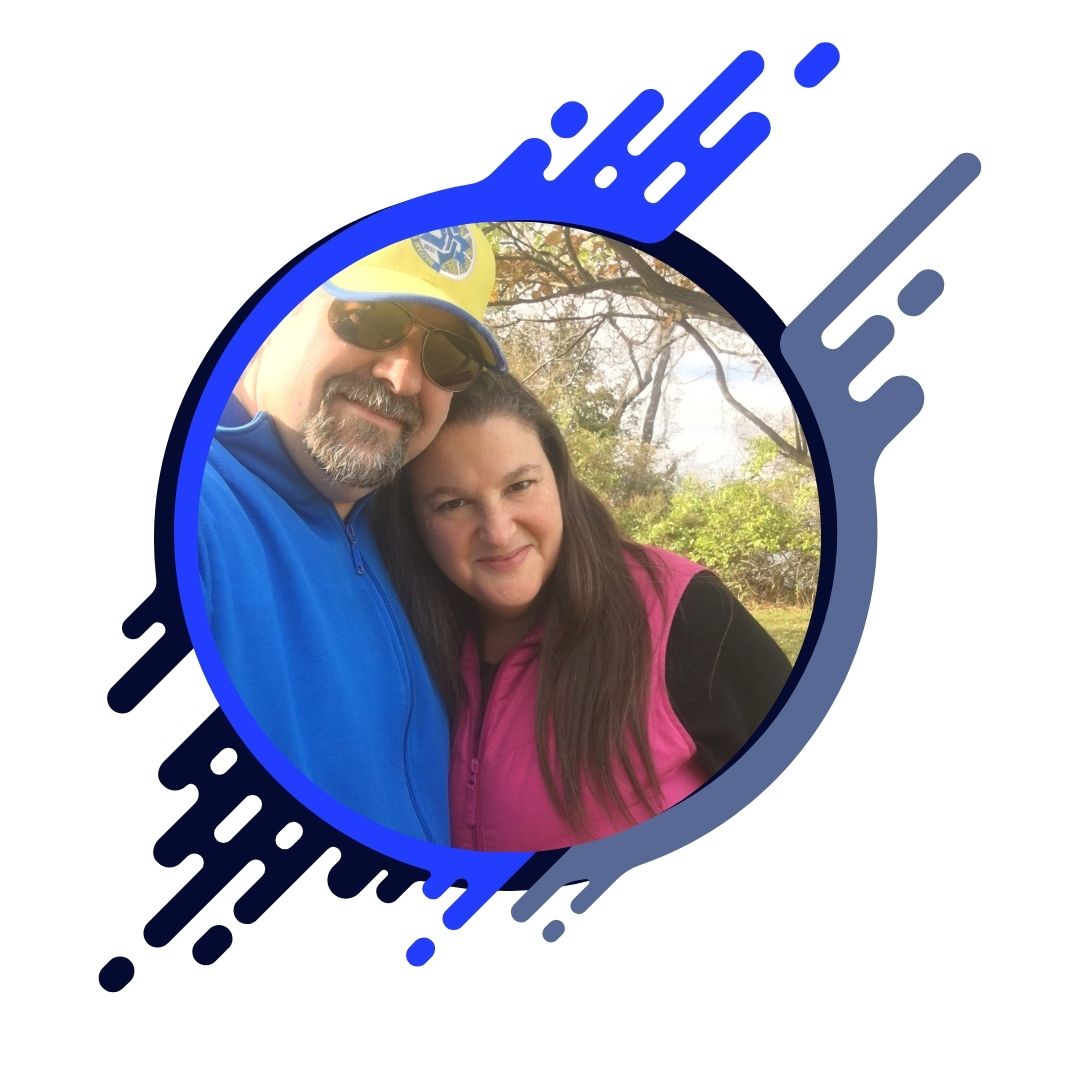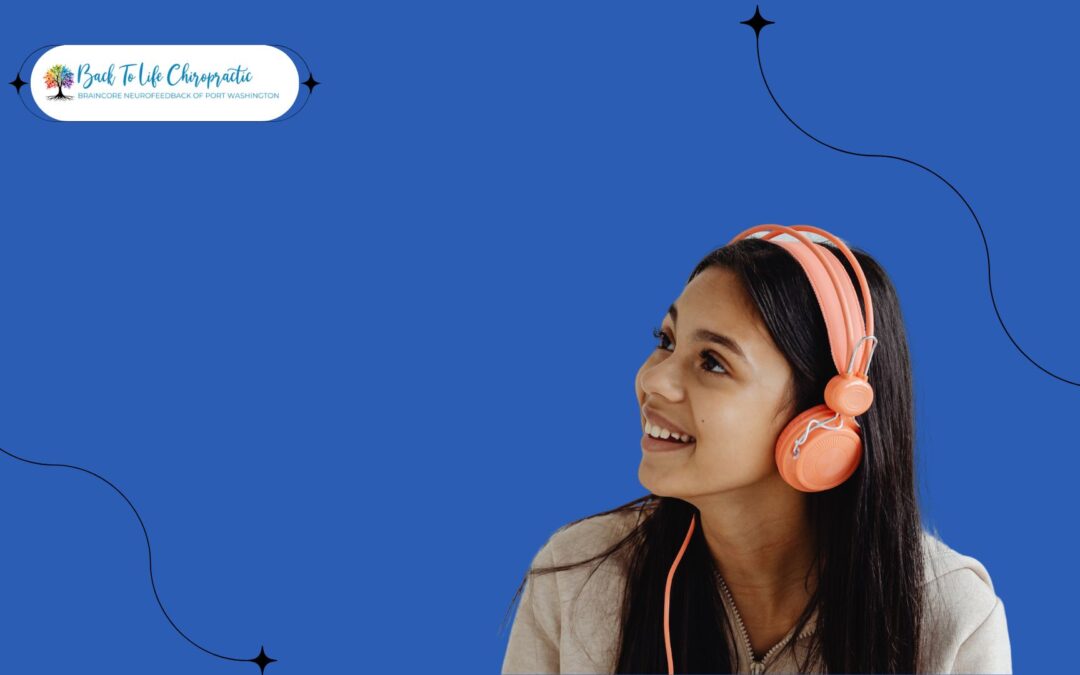
For parents navigating life with a child who has ADHD—or for anyone seeking natural approaches to improving focus and behavior—neurofeedback offers a compelling option. Touted as a non-invasive, drug-free therapy, it’s gaining traction in holistic and mental health spaces for its ability to target the brain’s natural rhythms. But what exactly is neurofeedback, and can it really help manage ADHD?
This guide provides clarity, unpacking how neurofeedback works and what you can expect from using it as part of a comprehensive ADHD treatment plan.
What Is Neurofeedback?
Neurofeedback, also called EEG biofeedback, is a type of therapy that uses real-time brainwave monitoring to train your brain to function more efficiently. It’s based on the concept of neuroplasticity—the brain’s ability to reorganize itself by forming new neural connections.
During a neurofeedback session, a practitioner places electrodes on the scalp to measure brainwaves, translating this activity into visual or audio feedback. These signals help individuals “train” their brainwaves to fall into desired patterns, essentially teaching the brain to regulate itself over time.
How Can Neurofeedback Help with ADHD?
Research suggests that many individuals with ADHD have irregular brainwave activity, particularly in regions responsible for attention, impulse control, and emotional regulation. Neurofeedback aims to address these irregularities by promoting healthier brainwave patterns.
Key Benefits of Neurofeedback for ADHD:
- Improved Focus: Studies have shown that individuals who undergo neurofeedback therapy often report better attention and reduced hyperactivity.
- Reduced Impulsivity: Regulating erratic brainwave activity may encourage more consistent behavioral responses.
- Better Emotional Regulation: Training the brain to function with greater balance may lead to fewer emotional outbursts or mood swings.
- Self-Empowerment: Neurofeedback allows participants to feel more in control of their brain and behavior, improving self-esteem.
While neurofeedback doesn’t “cure” ADHD, it can significantly reduce some of its most challenging symptoms, especially when combined with other treatments like behavioral therapy or mindfulness practices.
What to Expect During a Neurofeedback Session
If you’re considering neurofeedback, it’s helpful to know what the process entails.
- Initial Evaluation
During the first appointment, the practitioner will likely conduct an in-depth consultation and may use quantitative electroencephalography (qEEG) to map your or your child’s brain activity. This helps identify areas of dysregulation that could benefit from training.
- Training Sessions
- Each session takes approximately 30–60 minutes.
- You (or your child) will sit in a comfortable chair while wearing a cap or sensors to measure brainwave activity.
- You’ll engage with visual or auditory feedback, such as moving images on a screen or hearing pleasant sounds, which indicate successful brainwave regulation.
- Duration of Treatment
Neurofeedback is not a one-off solution; most people need 20–40 sessions to see lasting results. Sessions are typically done 1–2 times per week. While progress can vary, consistency is key to success.
Are There Side Effects?
The treatment is generally considered safe, as it’s non-invasive and doesn’t require medication. However, you might experience temporary fatigue, headaches, or mild discomfort from wearing sensors. These side effects are rare and usually subside quickly.
It’s essential to work with a qualified neurofeedback practitioner who understands ADHD and can tailor the therapy to meet individual needs.
Combining Neurofeedback with Holistic Practices
For many health-conscious parents, neurofeedback is just one tool in a broader strategy for managing ADHD. Combining it with other holistic approaches can amplify its benefits.
- Mindfulness and Meditation: These practices train focus and improve emotional regulation, complementing neurofeedback’s goals.
- Diet and Nutrition: Balancing blood sugar levels and reducing inflammatory foods may improve behavior and concentration.
- Physical Activity: Regular exercise boosts dopamine and promotes better sleep, which are vital for ADHD management.
- Behavioral Therapy: Adding tools like cognitive behavioral therapy (CBT) or family counseling can address ADHD-related challenges at home or school.
Is Neurofeedback Right for You?
While neurofeedback has shown promise, it’s essential to approach it as part of a comprehensive plan, rather than a standalone solution. Ask yourself (or discuss with a practitioner):
- What are the primary ADHD symptoms you’re trying to address?
- Are you willing to commit the time and effort required for multiple sessions?
- Can you combine neurofeedback with other supportive measures, like therapy or lifestyle changes?
Final Thoughts
Neurofeedback offers a hopeful path for parents and individuals seeking an empowering, natural way to manage ADHD symptoms. While results can take time and commitment, the ability to harness the brain’s plasticity and encourage healthy patterns is profoundly inspiring.
If you’re ready to explore neurofeedback further, connecting with an experienced practitioner is the next step. Whether you’re looking to improve focus, regulate behavior, or simply reduce reliance on medication, neurofeedback might just be the type of support you’ve been searching for.
Empower your family with articles, community support, and expert recommendations by visiting our platform—we’re here to help every step of the way!

